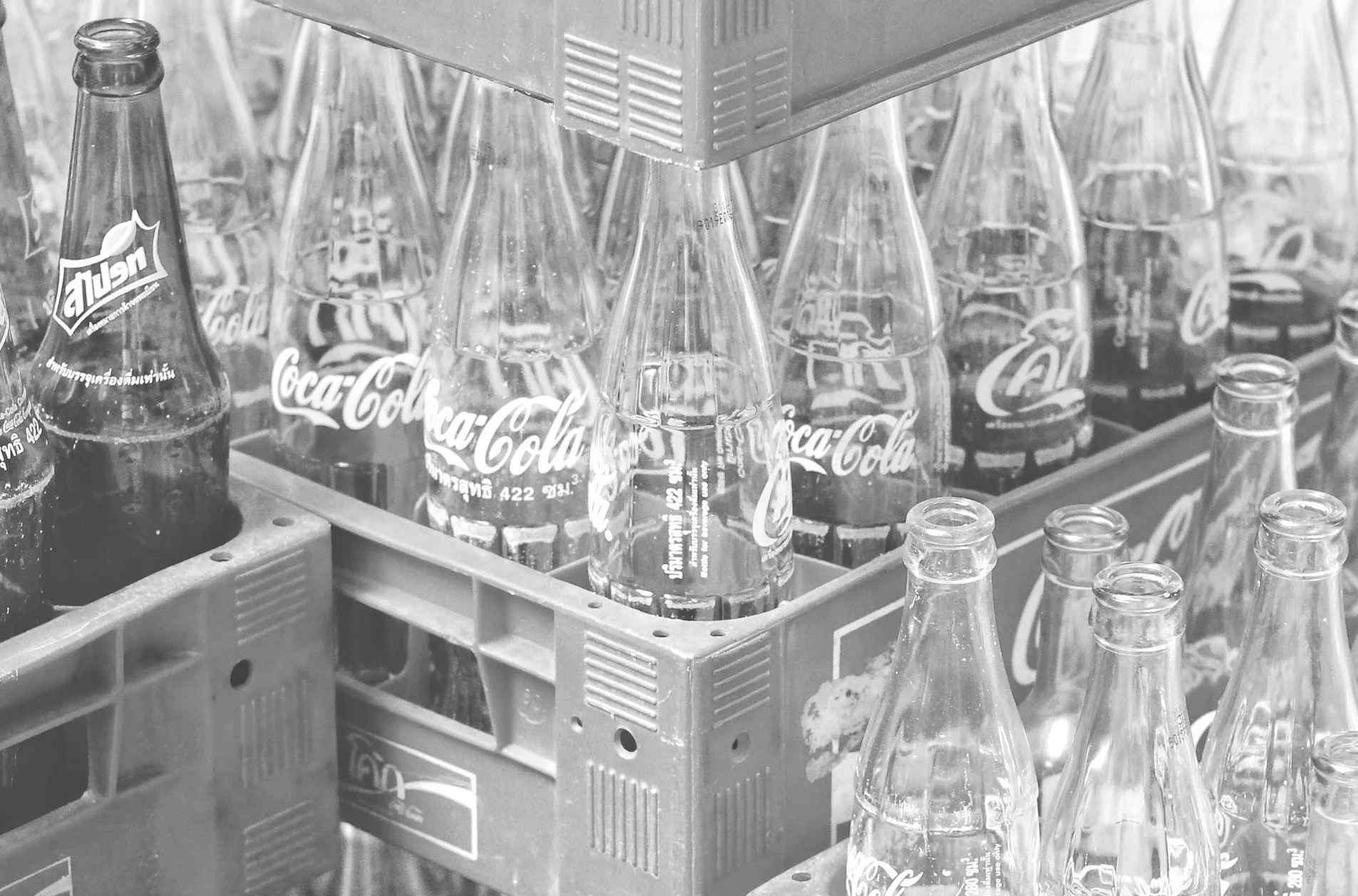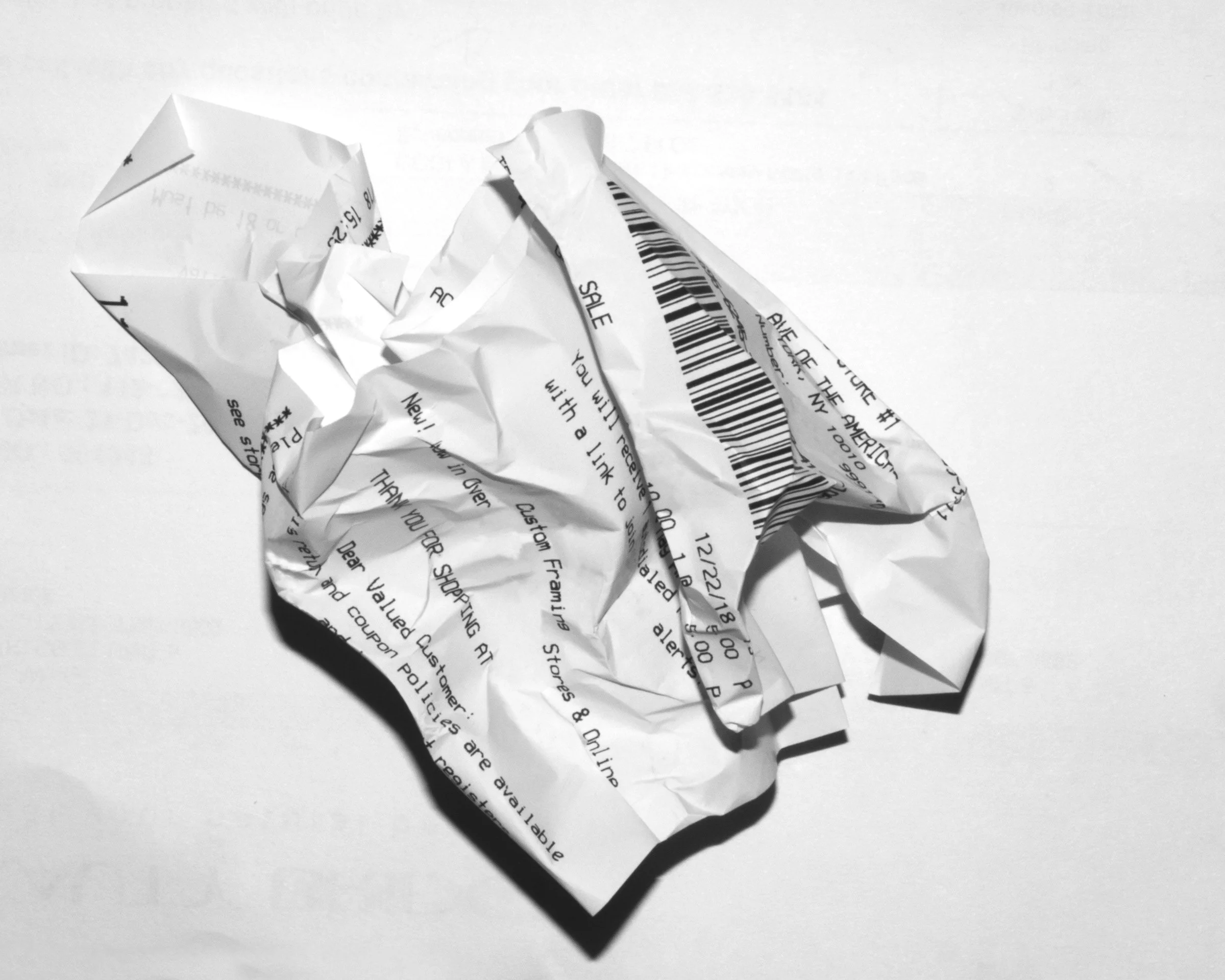Health cheques
– every drop counts
Finland has one of the most advanced bottle recycling systems. It is centralized and people really use it. And it covers a vast amount of drinks from beverages to juice and alcohol. This is how it works: you take your empty bottles back to the reverse vending machine, it will read the barcode on the bottle and print you a receipt. This receipt details the amount of deposit refund you'll receive at the cashier.
Photo by Aserusainhuu on Unsplash
So then, back in 2015, I realized there’s much more than a deposit value behind the barcode. Most times the system knows the size and quality of the drink as well. Like 0,5 liters of apple juice, or 0,33 liters of regular Pepsi cola. Therefore, a receipt could convey a wealth of information to consumers: calories, nutritional information, carbon footprint, and alcohol consumption in comparison to yearly risk limits, for example. Additionally, it could suggest new beverages, such as wines, tailored to your preferences based on your returned items.
By making the receipt more informative, consumers could gain insight into their consumption habits. And that could make bottle recycling even more valuable and relevant to people than it already was.
Photo by Michael Walter on Unsplash



